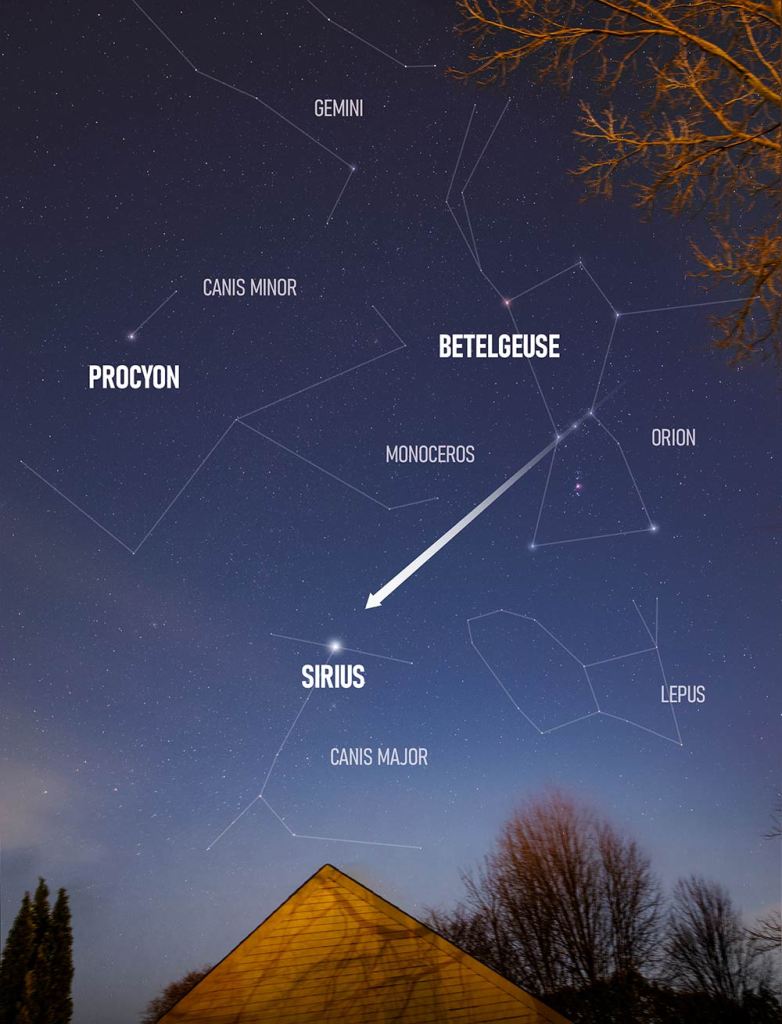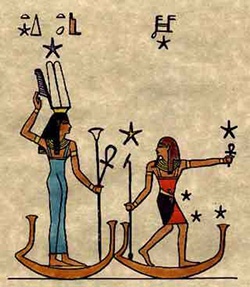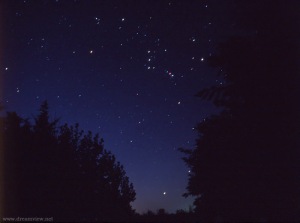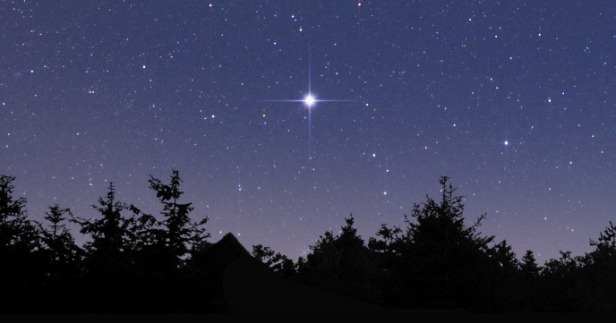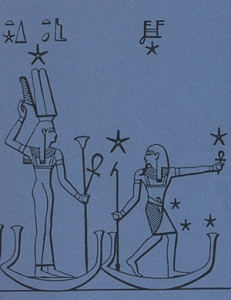Well, once again, Portland weather foiled my plans for watching the Star of Isis rise last Thursday.
But I have some amazing folks coming today to talk about our summer solstice festival for next year: The Return of the Wandering Goddess—so I need to get ready for them.
For today then, instead of a new post, I’m reposting a report from a time when Portland did not foil my Sirius rising plans.
There’s always next year!
Wonderful, wonderful.
That’s not what I was thinking when the alarm went off at 3:20 this morning, but it is exactly what I’m thinking now.
I have just come back from witnessing the rising of Sirius, the Star of Isis, in the morning skies over the city of Portland, Oregon. And it was glorious. A fellow priestess of Isis and I traveled to one of the high places in the city to watch Her be born from between the thighs of Her mother Nuet.
Our vantage point is known as Rocky Butte. It is an extinct volcanic cinder cone that rises to an elevation of 612 ft. within the city limits and is a less-than-ten-minute drive from my house. At its summit, there’s a city park surrounded by castle-like walls, which is a popular viewpoint for visitors and natives alike. From Rocky Butte, you can see the slow serpent of the Columbia river that forms the border between Oregon and Washington and the layered silhouettes of the ranges of the eastern mountains, including the archetypal, snow-capped presence of Mt. Hood (though I prefer its Native American name, Wy’east).
When we arrived shortly after 4 am, we could see Orion-Osiris clearly, so we seated ourselves before Him to await Her Rising. We brought stargazer lilies, bread, and milk to offer to Her at Her Appearance, and we each also had that wonder-working wand of modern priestesses, a phone equipped with Google Sky so we could check Her progress toward the horizon. Even though the morning was clear enough, with the haze of the city lights on the horizon, we weren’t certain we’d be able to see Her, but we settled in to wait.
Then, to the far left of where the Goddess’ star would rise, we noticed something strange and beautiful. It turns out that this was the one and only morning to see another pre-dawn cosmic wonder: a perfect triangle in the indigo sky of Jupiter, Venus, and the slimmest crescent of the waning Moon. As the triad rose higher in the sky, the crescent turned from ruddy orange to milk white and, from our viewpoint, framed a small stand of fir trees before us on the Butte. It was spectacular. I’ll take that as a portent for the New Year anytime.
At just about 5 am, Google Sky told us Iset-Sopdet should be above the horizon, but we still couldn’t see Her for the city lights, haze, and mountains.
Then—wait, what’s that? Yes, we could see something flashing through the haze, shooting off sparks of red and white and blue-green: Iset-Sopdet appeared. She scintillated. She glittered. She sparkled.
We watched Her Rising in silence, but for the sounds of the night and the coming dawn.
We meditated, each in our own way. Then, after a time, we poured the milk, offered the bread, and placed the vase of stargazers on the surrounding wall so that they were in alignment with Her star. I really hope someone finds them later today and takes them home to enjoy the incredible fragrance of those lilies. She, I am sure, has already enjoyed them.
The heliacal rising of Sirius, August 23, 2014, was for me, quite simply, a perfect experience.
She is risen.






